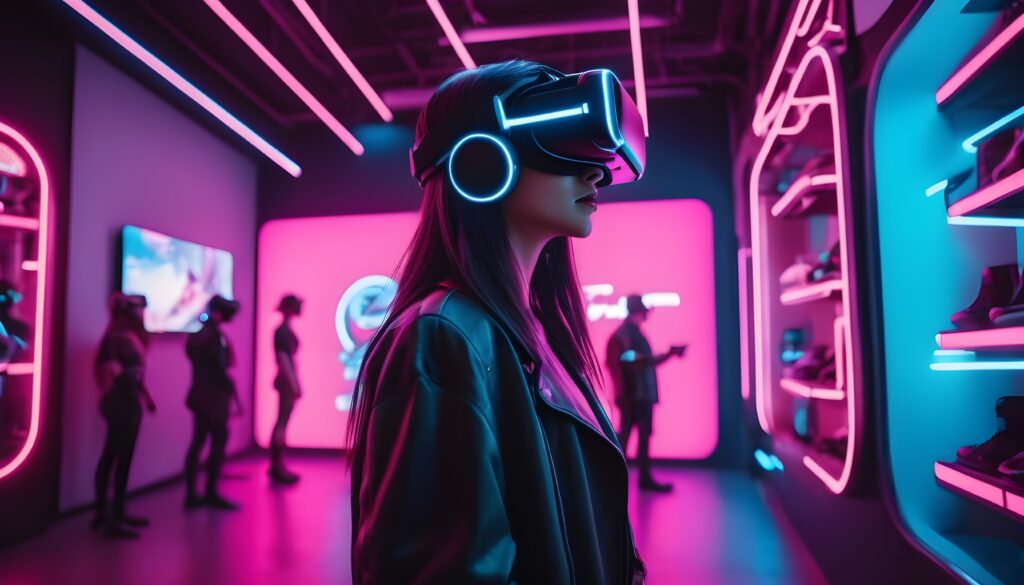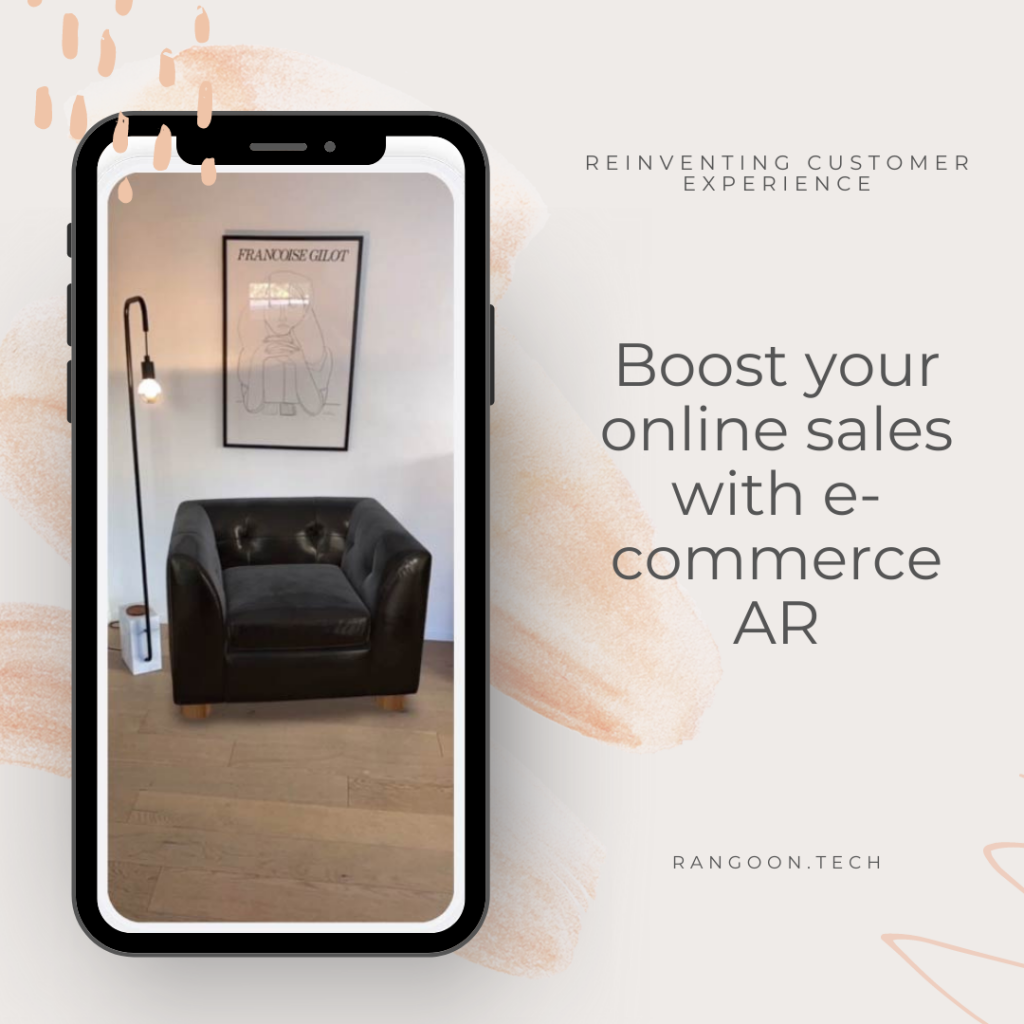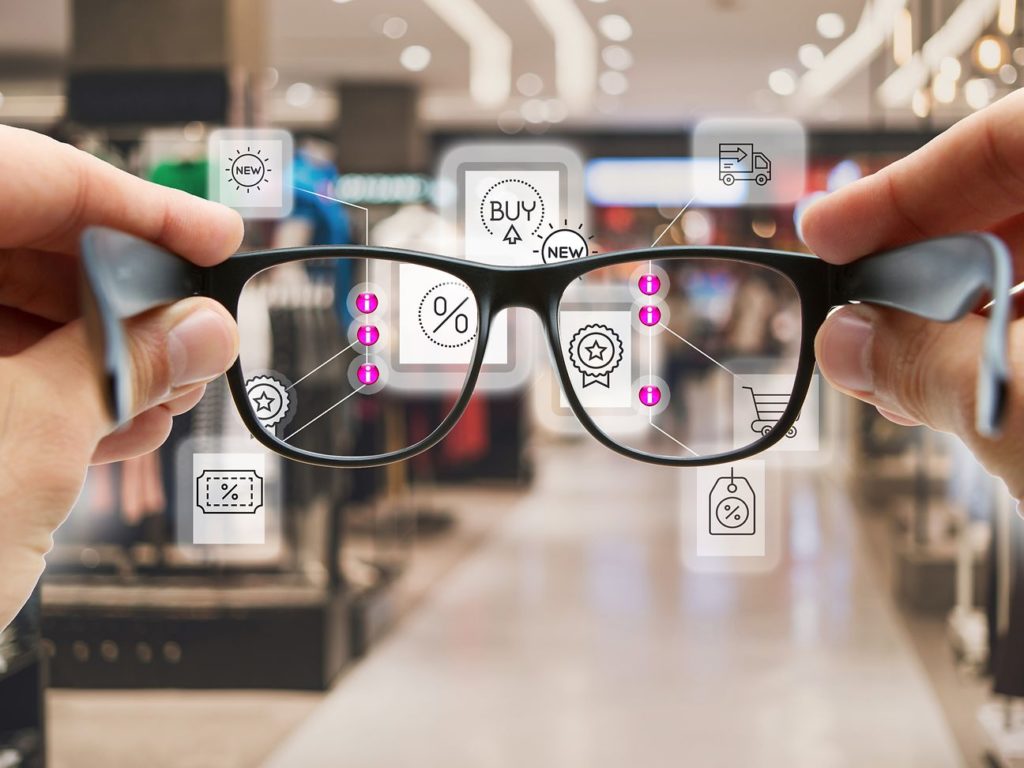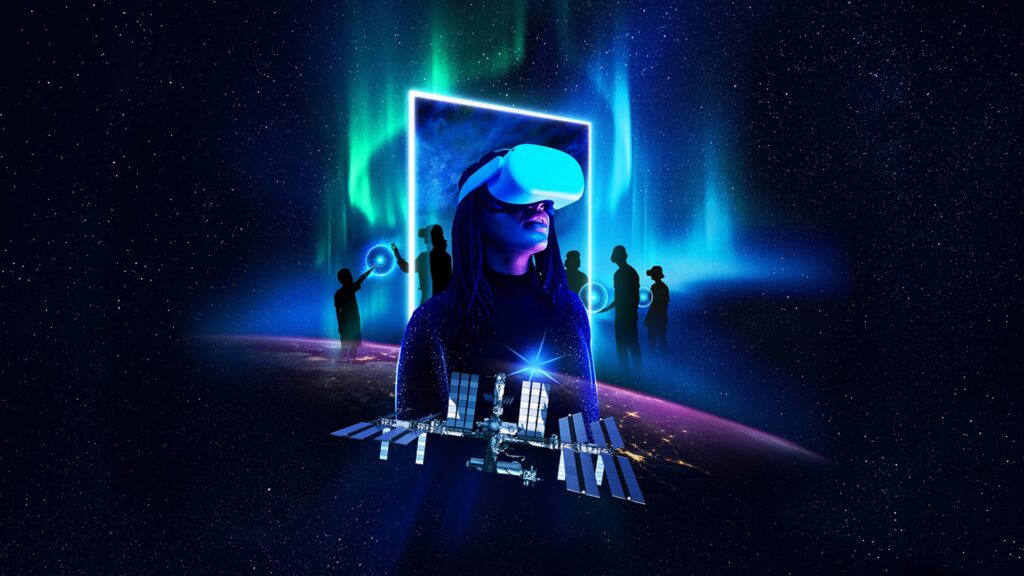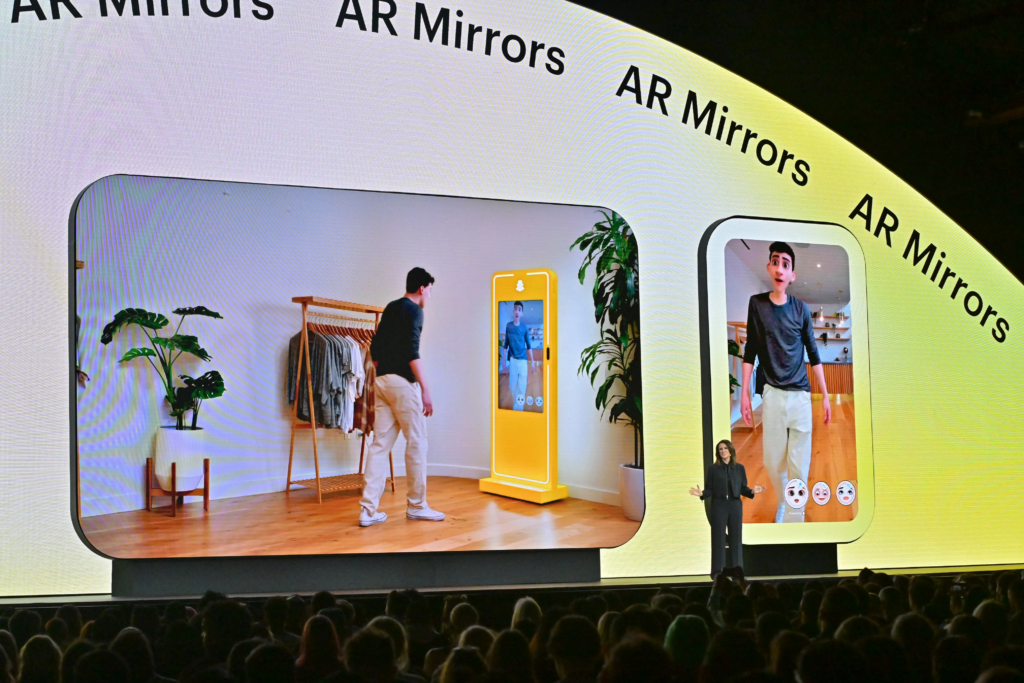In the bustling world of retail, where competition is fierce and consumer choices abound, standing out from the crowd has become a non-negotiable imperative for brands. In an age where online shopping continues to grow, physical retail spaces must evolve to offer unique and compelling experiences that captivate customers and drive them through their doors. Enter augmented reality (AR), a transformative technology that holds the power to revolutionize the retail landscape. Let’s delve into how AR can renovate the retail experience, along with real-world examples showcasing its impact:
Why Differentiation Matters in Retail:
- Competition Abounds: With countless options available to consumers at their fingertips, retailers must find ways to differentiate themselves to attract and retain customers.
- Enhanced Customer Experience: Providing a memorable and immersive shopping experience sets brands apart, fostering customer loyalty and word-of-mouth recommendations.
- Driving Foot Traffic: Differentiated experiences draw customers into physical stores, offering opportunities for engagement and conversion that online channels may struggle to replicate.
- Increased Engagement: AR technology captures customers’ attention and encourages them to interact with brands on a deeper level, leading to increased engagement and brand loyalty.
- Improved Conversion Rates: By providing immersive and interactive shopping experiences, AR helps brands convert browsers into buyers, ultimately driving sales and revenue.
- Differentiation: In a crowded marketplace, brands that leverage AR technology stand out from the competition and position themselves as innovative leaders in their industry.
- Data Insights: AR technology generates valuable data insights, such as customer preferences and behavior patterns, which brands can use to optimize their marketing strategies and improve the overall customer experience.
Renovating Retail Experiences with AR:
AR Scavenger Hunts: Imagine turning your store into an immersive playground where customers can embark on exciting AR scavenger hunts. By leveraging AR technology through smartphones or dedicated devices, brands can create interactive experiences that encourage exploration and discovery. Customers can hunt for virtual clues, unlock hidden rewards, and engage with products in a whole new way. Not only does this enhance the fun factor, but it also drives foot traffic and boosts brand loyalty.
AR Mirrors: AR mirrors have become a staple in retail stores, offering customers the opportunity to virtually try on clothing, makeup, and accessories without ever stepping into a fitting room. By overlaying digital images onto real-life reflections, AR mirrors provide a personalized and immersive shopping experience. Customers can experiment with different styles, colors, and sizes, ultimately making more confident purchasing decisions. For brands, AR mirrors not only increase sales but also serve as a powerful marketing tool, generating social media buzz and word-of-mouth recommendations.
AR Gamification on LED Displays: With motion detection technology integrated into LED displays, brands can take gamification to the next level. By incorporating AR games and interactive experiences, brands can captivate audiences and keep them engaged for longer periods. Whether it’s a virtual treasure hunt or a competitive multiplayer game, AR gamification creates memorable experiences that leave a lasting impression on customers. Plus, by collecting data on customer interactions and preferences, brands can gain valuable insights to optimize future marketing strategies.
Virtual Human Assistants: In an increasingly digital world, human connection remains crucial in the retail experience. Virtual human assistants powered by AR technology provide customers with personalized assistance and recommendations, enhancing the overall shopping journey. These virtual assistants can greet customers, answer questions, and provide product demonstrations, creating a seamless blend of technology and human interaction. For brands, virtual human assistants improve customer service, drive sales, and reinforce brand identity.
Case Studies: CIMB Bank Immersive Retail Experience developed by Trinax
What is the Experience?
CIMB Bank’s immersive retail experience redefines the traditional banking encounter through immersive technologies. Here’s a breakdown of the innovative features:
- Anamorphic LED Screen: Positioned at the entrance of the CIMB Bank Express retail space, this large curved LED screen displays captivating 3D-like animations, immediately capturing the attention of passers-by.
- Interactive Holographic Concierge: A virtual ambassador greets visitors via motion detection, providing information about CIMB’s products and creating a memorable experience right from the start.
- Interactive Redemption Machine: Customers can seamlessly redeem gifts and products using an interactive touchscreen, eliminating the need for staff assistance and enhancing convenience.
- Arcade of Discovery: A gamified experience where visitors learn about CIMB products alongside Octo, the brand’s mascot, fostering engagement and brand awareness.
- Interactive RFID Table: Visitors can interact with different products to explore CIMB’s offerings further, adding an element of hands-on engagement to the experience.
What is the Objective?
The primary goal is to revolutionize the traditional banking experience by leveraging immersive technologies to create a fully automated and engaging customer journey.
How Does It Work?
The CIMB Bank Immersive Retail Experience is designed to guide visitors through a seamless and interactive banking journey:
- Anamorphic LED Screen: Captivating animations on the curved LED screen draw visitors into the immersive experience.
- Interactive Holographic Concierge: The virtual ambassador greets visitors and provides valuable information about CIMB’s products and services.
- Interactive Redemption Machine: Customers can effortlessly redeem gifts and items using the automated touchscreen interface, enhancing convenience and efficiency.
- Arcade of Discovery: Gamification elements engage visitors as they learn about CIMB products alongside the brand mascot, Octo.
- Interactive RFID Table: Visitors can explore CIMB’s offerings further by interacting with different products, adding a hands-on dimension to the experience.

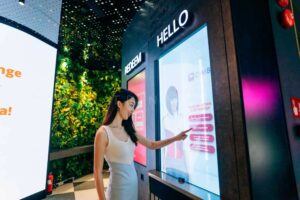
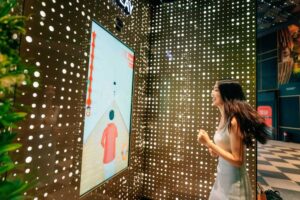
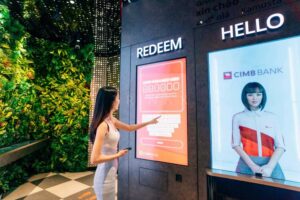
By integrating AR technology into retail spaces, brands can differentiate themselves by offering unique and memorable experiences that resonate with customers. Whether it’s through AR scavenger hunts, interactive mirrors, gamification on LED displays, or virtual human assistants, the key is to leverage AR in a way that enhances the shopping journey and adds value to the customer experience. In a crowded market, differentiation through AR innovation can be the key to success for retailers looking to thrive in the digital age.

